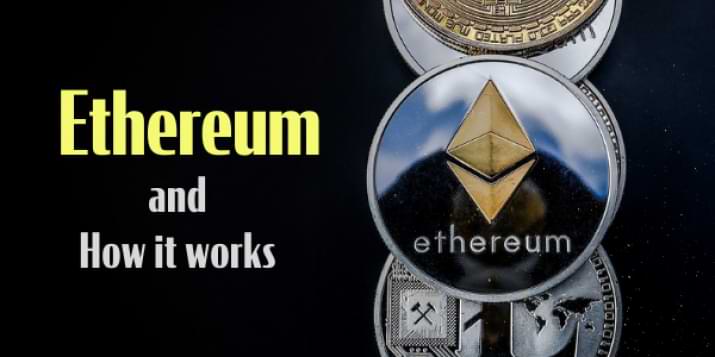
What is Ethereum and How it Works
Ethereum was launched by a group of crypto enthusiasts in 2015. Its vision is to produce a world computer that every user can build decentralized applications in. While most people know Ethereum as a sidekick to the cryptocurrency frontrunner, Bitcoin, it boasts a fair share of relevance in the financial world, rightfully putting it at the top of the altcoin chain.
Here, we’ll run you through the definition of Ethereum, how it connects to Ether and everything else you need to know about this innovative blockchain.
What is Ethereum?
Ethereum is an open-source blockchain network that allows anyone to develop decentralized applications (dApps). Its native cryptocurrency, Ether (ETH), is used to power and monetize these dApps.
Most people associate Ethereum with cryptocurrency-the most popular altcoin by market cap. But they’re actually mistaking it for Ether (ETH), which was created to support the Ethereum blockchain. While the Ether meaning is completely different from that of Ethereum, they work hand-in-hand like a power supply to a computer. ETH has gained massive value over time due to its useability in a robust network, which many believe has investment potential.
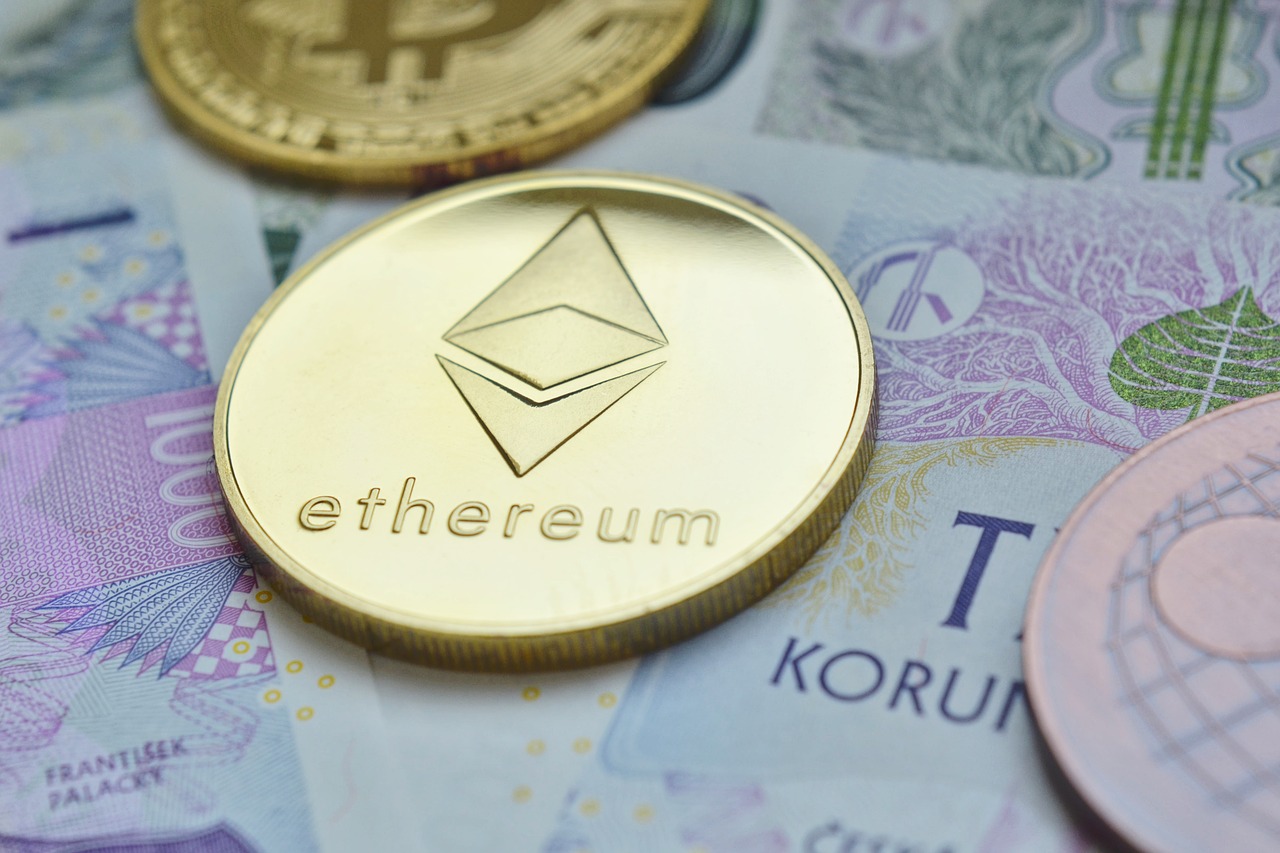
That Circles Us Back to What Is the Meaning of Ethereum, and How Useful Is Its System in the Contemporary Digital Landscape?
Most blockchains are created under the premise of allowing users to send and receive cryptocurrency without relying on third-party intermediaries. First-generation networks such as Bitcoin fall under this category. But Ethereum offers more than just a transaction system. It represents the second generation of blockchains that focus on innovation. And for Ethereum, that innovation is in the form of a platform where anyone can develop dApps through smart contracts.
This functionality is what sets the blockchain apart and is what defines the Ethereum meaning. Anyone can create highly secure dApps on the platform, one of the biggest contributors to decentralized finance. Anyone can also develop tokens on the network-in fact, EOS and many other altcoins were originally minted on Ethereum.
Further along, we’ll talk about all the nuances of the blockchain and ETH, including the Ethereum hash meaning and comparisons with other coins.
Ether vs Other Cryptocurrencies
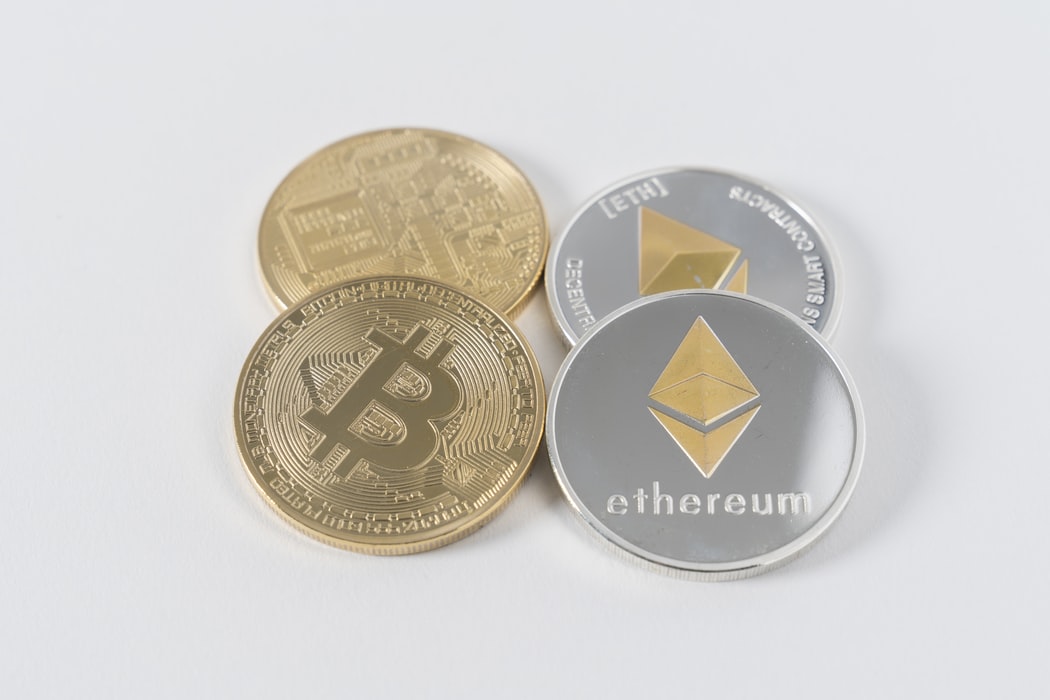
ETH vs. Bitcoin
ETH vs BTC-Both tokens is some of the most liquid cryptocurrencies by market cap. Investors are drawn to Bitcoin’s popularity and limited supply, and Ethereum’s robust and always-evolving technology.
Bitcoin is the first and longest-running cryptocurrency of its kind, successfully penetrating the mainstream-driven market. People who aren’t familiar with the word “cryptocurrency” have likely heard of Bitcoin because of the coin’s explosive growth periods over the past decade.
Since its successful 2020 end-of-year bull run, BTC prices have soared to as high as $58,000, regularly floating between $48,000 to $53,000. Its market cap has exceeded the $1 trillion mark, making it the most liquid and highly sought-after coin to date. Experts have dubbed BTC as “digital gold” due to its massive investment potential.
Meanwhile, Ether doesn’t fall short by occupying the #2 spot by market cap. It rode along with Bitcoin’s bull run with an all-time high of $2,000. It currently fluctuates between $1,700 to $1,800. The uncapped ETH supply didn’t slow down investors, many of whom enjoy ETH due to its relevance in the Ethereum network. The coin has a market cap of over $205 billion, second only to Bitcoin.
The big question is: Bitcoin vs Ethereum, which to invest in? Ultimately, it boils down to personal preferences. You can choose BTC, which is highly regarded as an investment asset, or ETH, a functional coin with practical use on the Ethereum network.
ETH vs ETH Classic
Ethereum is the ideal choice for investors as it is backed by a stable network and has a higher market cap and liquidity. While Ethereum Classic has a following, the coin has a slow market and is prone to security issues.
Ethereum and Ethereum Classic are two peas in a pod. They were split from the original Ethereum network after it was hacked in 2016, resulting in 11.5 million lost coins. The company was split into two after they couldn’t agree to a solution.
On the one hand, the progressive half wanted to implement a rollback, which would return all stolen coins into the network. On the other hand, the traditional half refused to tamper with the blockchain, as it would negate its original value-a network that isn’t controlled by any third party. The former created a new blockchain, Ethereum, while the latter took ownership of the original network and renamed it Ethereum Classic.
From an investment standpoint, there isn’t much argument between Ethereum vs ETH Classic. ETH is the leading altcoin on the market, with a current value of over $1,800. ETC is barely brushing the $12 mark. Ethereum Classic has also suffered two 51% attacks since the 2016 fiasco. These were led by miners who contribute over 50% of the network’s mining hash rate, raising questions over ETC security.
As a result, the choice between Ethereum vs Classic is a matter of principle. If you support the Ethereum Classic belief that the “code is the law,” then you might be more comfortable investing in its platform. But if you value security, innovation, and practicality, then Ethereum is the much better choice.
EOS vs Ethereum
EOS and Ethereum offer similar value propositions: they’re both platforms where programmers can develop dApps. However, EOS can meet the demands of larger-scale dApps as its scalable model can process over 1,000 transactions per second (tps). On the other hand, Ethereum struggles to achieve 15-20 tps.
EOS began as an ERC-20, a coin generated from the Ethereum blockchain. In 2017, Block. one transitioned EOS to its own network, a platform called EOS.IO. Its ICO raised over $4 billion, as there was massive investor demand over a blockchain that could directly compete with Ethereum.
While both EOS and Ethereum provide open-source platforms for anyone to develop dApps, EOS.IO allows for larger-scale projects as it isn’t held back by Ethereum’s scalability issue. This is primarily due to its mining algorithm.
Ethereum uses the Proof-of-Work (PoW), a GPU-hungry process that requires every miner to solve a cryptographic puzzle. This method is slow because the entire minefield needs to operate-just to solve a single equation. Whereas EOS employs the Delegated Proof-of-Stake (DPoS), which allows anyone to stake coins to vote for block delegates. 21 delegates are in charge of processing and verifying all transactions in the network. With only a few cores clogging up the network, EOS can process significantly more transactions than Ethereum.
EOS isn’t Decentralised Enough
A common argument between Ethereum vs EOS supporters is that some believe that the EOS isn’t decentralised enough. By only allowing 21 delegates to “work” for the network through a democratic voting process, vote-buying and popularity inevitably limited the possible block producers to a small pool of people. It’s a criterion that many investors consider when deciding to purchase EOS vs ETH.
In terms of the Ethereum coin vs EOS value, EOS’s $3.97 pales in comparison to ETH’s $1,800. However, EOS has been doing relatively well following BTC’s bullish run, despite only ranking 26th by market cap. While both are decent investment options, ETH tends to be more stable due to popularity.
How does Ethereum Work?
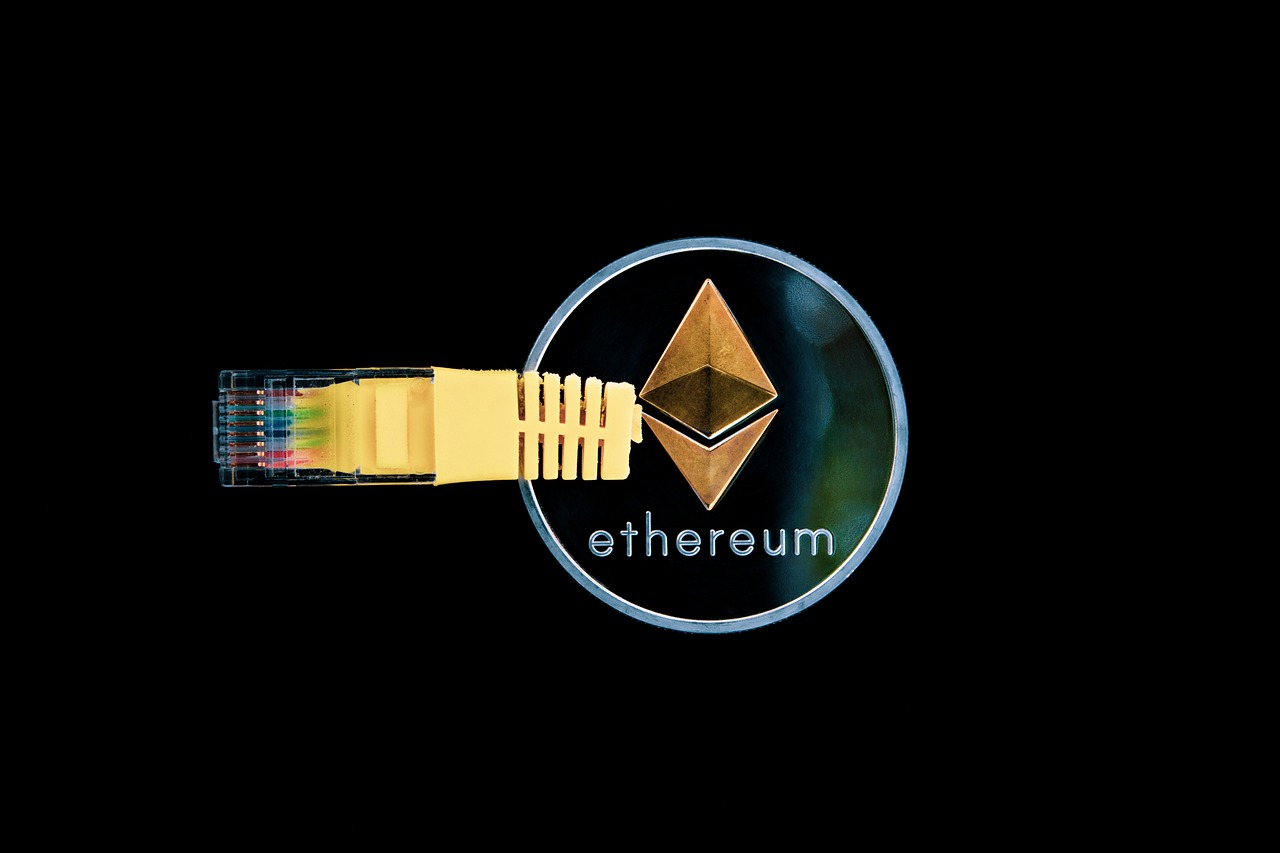
Ethereum allows anyone to create and run decentralized applications (dApps) and tokens on its network through smart contracts. These automate if-then actions without the need of an operator, reducing the reliance on a central authority.
Ethereum’s platform runs many dApps, from tokens, decentralized finance apps, lending protocols, exchanges, and more. It revolutionized the use of smart contracts, which are programmable codes written as if-then actions.
For instance, if action A occurs, then action B will follow. In a practical setting, if a client selects the “purchase” button, then the relevant parties will be notified to process the order. And if the client selects the “order received” button, the withheld payment will be released to the seller. All of this can be achieved without human intervention!
Like all crypto, Ethereum charges a small fee, called gas, for processing transactions and running smart contracts. But how does Ethereum gas work?
Ethereum gas is divided into values called Gwei, a denomination of ETH. It acts similarly to how cents make up a dollar and how Satoshis make up a Bitcoin. These are charged to your account whenever you choose to:
-
Send or receive ETH
-
Create or run dApps
The more unpredictable the process is, the more expensive the fee becomes. Gas prices go up when the network receives a lot of stress and congestion from an influx of activity.
What is ETH Mining?
Ethereum miners from all over the world mine ETH by using GPU power to solve cryptographic puzzles. The first to complete the solution will have successfully created a new block, earning them 3 ETH. Each cycle only takes 12 seconds, unlike Bitcoin’s 10 minutes.
Ethereum uses the same Proof-of-Work model the Bitcoin uses, which means that every miner needs to race to find the solution and create a new block. The network congestion causes transaction speed issues and is one of the primary reasons why many believe that Ethereum is not scalable for mass adoption.
The mining system is changing with the Ethereum 2.0 update. In the next few years, it will transition to the Proof-of-Stake algorithm, which requires miners to stake a minimum of 32 ETH to qualify. Pools with higher stakes are favoured, and a powerful GPU is no longer necessary to compete in this new minefield.
A Rundown of How to Start ETH Mining
-
Set up or purchase a mining rig. ASIC mining rigs are popular choices as they are more powerful machines, but their compatibility is limited to specific algorithms. Expect to pay at least $3,700 for one.
-
Downloading a mining software cudominer.com was specifically designed for ETH mining.
-
Set up an Ethereum wallet. Your funds will go straight into this account, so it’s important to choose a secure platform. Exodus is a popular choice among beginners.
Before you get your hopes too high, it’s important to know that mining Ethereum won’t merit instant profit. The ETH mining profitability can be really low, especially if you’re starting now. You may need over a year to make up for the initial investment, including the rigs and electricity. Given that Ethereum is switching to the PoS soon, you might not be able to make up for your losses.
We recommend calculating your preferred rigs’ hash rate against power and pool costs before jumping into the minefield. It will help you determine whether this venture is worth trying.
What is Ethereum Storage?
An Ethereum storage is a wallet where you can store ETH and other coins and tokens. There are plenty of options you can choose from, including:
-
Desktop wallet
-
Mobile wallet
-
Paper wallet
-
Hardware wallet
Generally, storage can be classified into two: hot and cold wallets.
Hot wallets include Ethereum desktop wallets and Ethereum mobile wallets. You can access them online and easily send and receive funds through internal functions. Meanwhile, cold wallets come in the form of USB-like hardware. Your coins are stored in a device and can only be used to transact when opened through a computer. Which of the two you choose to own is highly preferential.
Generally, ETH web wallets, such as Exodus, are more popular due to their ease of use. If you’re looking for a hybrid of the two, Ethereum paper wallets allow you to store funds in private keys that can be printed as a QR code and kept in cold storage.
How to Use An Ethereum Wallet?
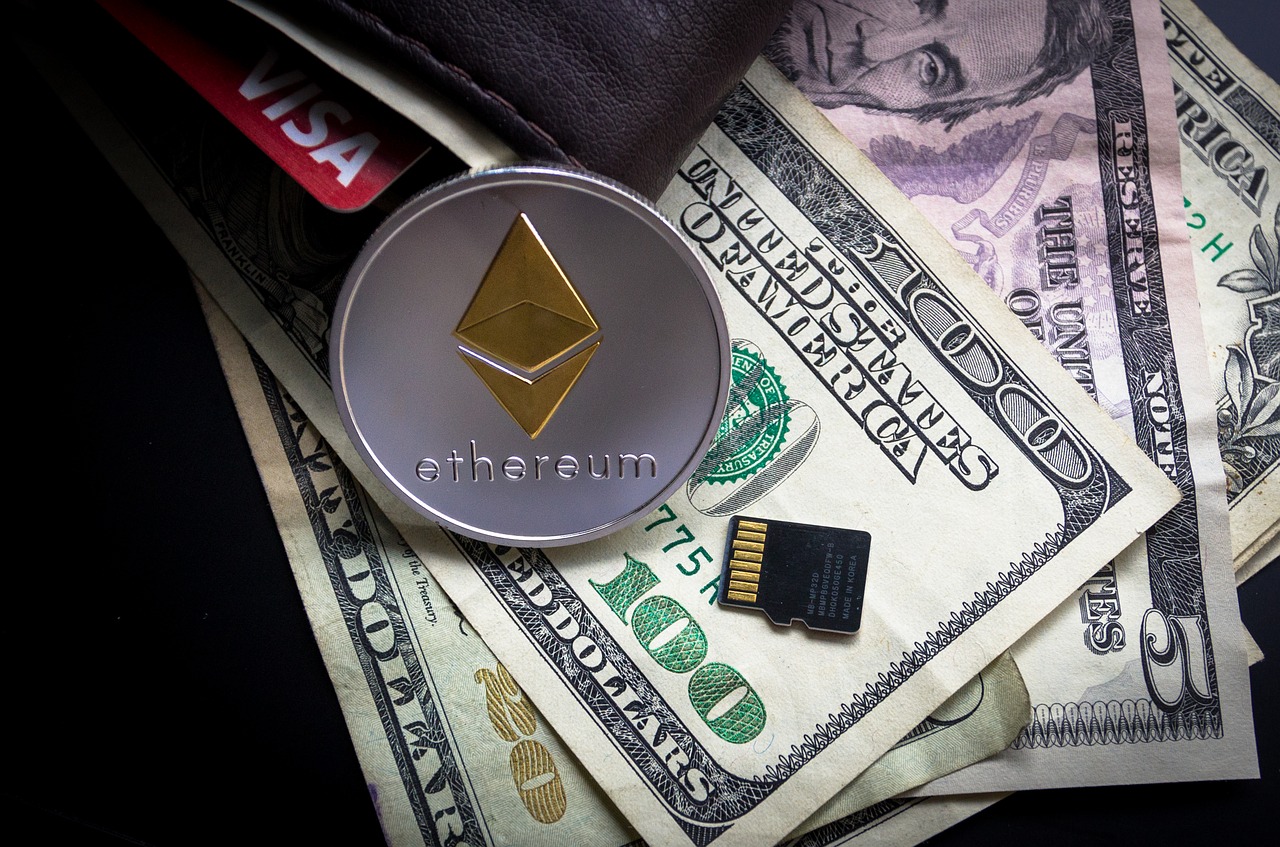
Each wallet offers different features, but you can reference these steps as a general guide:
-
Download or purchase your wallet of choice.
-
Follow the set-up procedure.
-
Create a backup of your wallet-this feature is available in the wallet’s security menu.
-
Save any important information, such as the randomly-generated security key.
-
Once you’re all set up, you can send and receive funds through the application!
-
Some wallets support instant exchange, so you can exchange your BTC to ETH without leaving the website.
How Ethereum Will Change the World?
Ethereum’s dApp development platform is the key to changing the way the world deals with financial products. It’s the catalyst for big changes in the financial sphere, from allowing mediator-free transactions to reinventing the way people loan, transfer property and ensure that inheritance goes to the right people.
The shift to decentralization is long overdue. People have been unhappy about how banks and other third parties swallow money through transaction fees and interest rates. But is this issue taking off now, and why Ethereum?
The big reason for Ethereum’s involvement in this movement is its robust platform that makes the creation of decentralized applications available to everyone. This groundbreaking technology has exposed the world to the power of smart contracts-especially in decentralized finance (DeFi). If smart contracts powered transactions, all the in-betweens could be disregarded: no more bank with a 40% interest rate and no more company will track your information.
Can ETH change the world? It can-but only time will tell. The DeFi sphere is booming, the world is slowly opening up to digital automation, and Ethereum 2.0 is on its way. The next few years will be critical for its growth.
Countries Adopting Ethereum Cryptocurrency
Which Countries Have Adopted ETH?
Cryptocurrency use is generally accepted in the majority of the world. However, it’s only considered legal tender in Japan, which means that ETH transactions will not be protected by the law anywhere else. Widespread use of Ethereum will depend on this big question: Are banks investing in the adoption of ETH?
Central banks in China, Hong Kong, UK, Australia, and France have been taking small steps to commercialize blockchain by experimenting with digital currencies. However, none have expressed a particular interest in Ether. Because most banks are connected to the government, a country-specific coin is often the cryptocurrency of choice in the testing stage.
Which Countries Have Banned ETH?
Cryptocurrency is illegal in the following countries:
Africa
-
Algeria
-
Egypt
-
Morocco
South America
-
Bolivia
-
Ecuador
Asia
-
Saudi Arabia
-
Iran
-
Nepal
-
Pakistan
A few years ago, an ETH China ban took the world by storm. The country’s decision to ban cryptocurrency as a whole jeopardized the market, as a large number of investors poured money into exchanges prior to the ban. Recently, the country’s outlook toward crypto has been brighter. While these blockchains and coins are still heavily regulated, it’s now legal to own, buy, and transfer Ethereum-just like property.
But there’s another uncertainty looming over the horizon. France began cracking down on cryptocurrencies after prime minister Bruno Le Maire declared that all cryptocurrency providers must reveal every wallet’s owner. This move is an attempt to curb terror financing, which is linked to anonymous crypto accounts. France is now moving to introduce new regulations that will ban anonymity in digital assets. 20them%20like%20property.
Cryptocurrency is never far from the hot radar due to critics who have yet to open up to the world of blockchain. However, Ethereum’s innovative platform continues to put it at the top-especially in a quickly changing financial landscape.


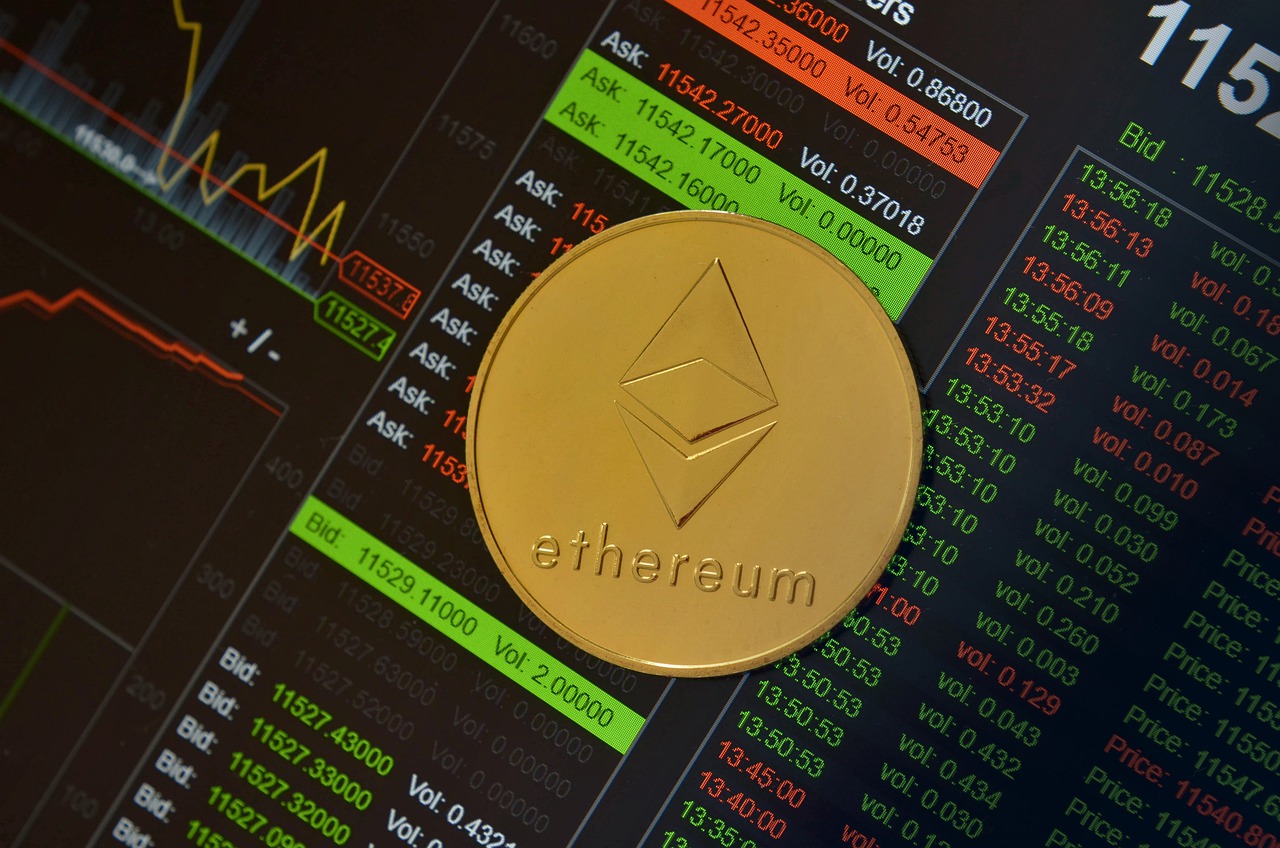



Leave a Reply
2 comments
Add comment ×